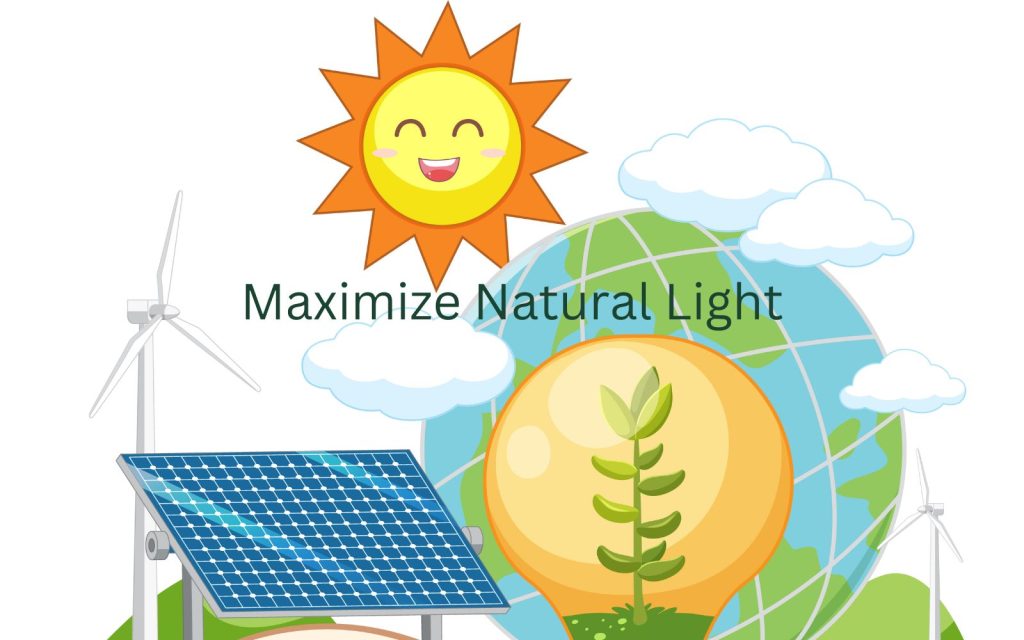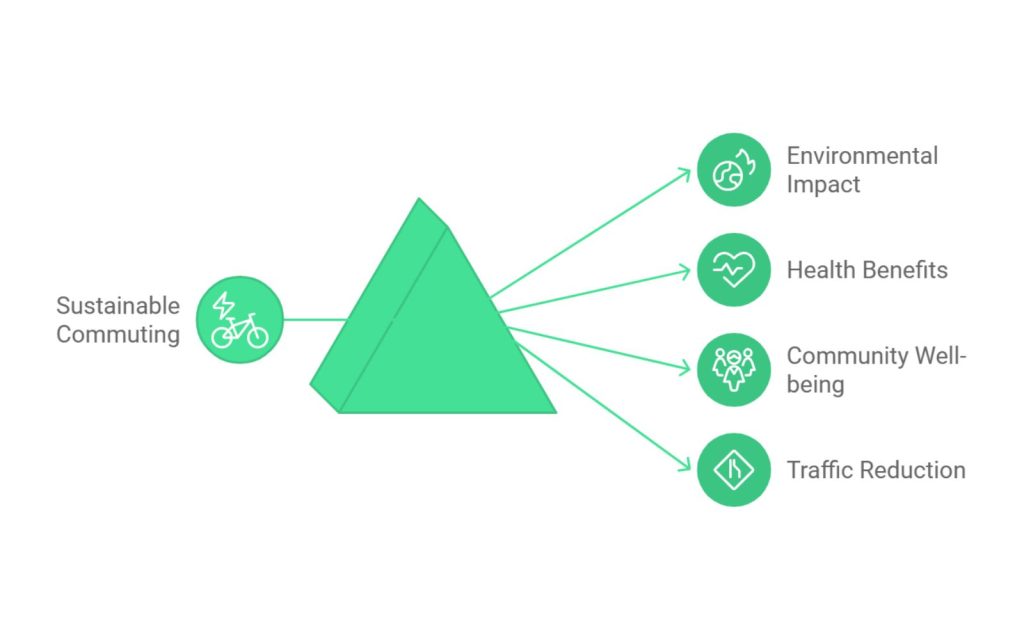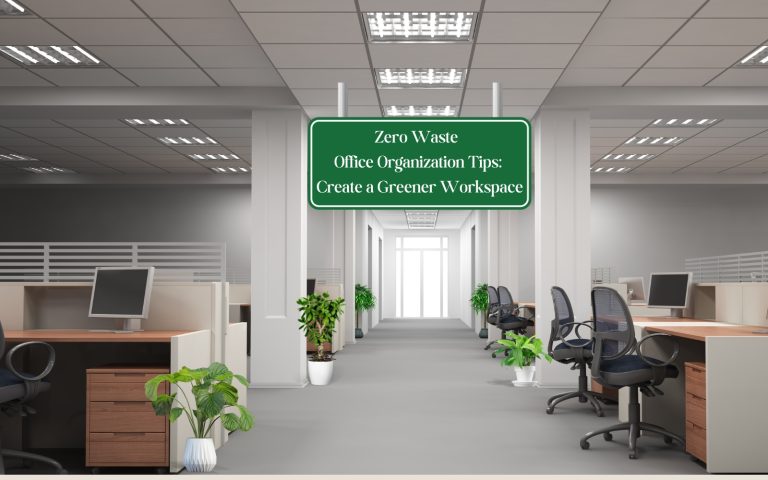Sustainable Office Design Ideas: Creating a Sensational Eco-Friendly Free Office Space

Have you ever entered an office and felt inspired by its fresh and vibrant atmosphere? The secret may lie in its sustainable design.
Today, companies are increasingly focusing on creating office spaces that are not only visually appealing but also environmentally friendly.
Sustainable office design goes beyond reducing energy consumption. It fosters a healthier workspace for employees, minimizes waste, and utilizes resources more efficiently.
In this article, we’ll explore practical, sustainable office design ideas. Whether designing a new office space or revamping an existing building, these tips will help you create an eco-friendly office that enhances productivity and employee well-being.
Key Takeaways – Sustainable Office Design Ideas
- Sustainable office design reduces energy consumption and promotes healthier indoor environments.
- Incorporating eco-friendly materials and energy-efficient lighting is essential.
- Thoughtful office design can reduce energy costs, increase productivity, and improve employee well-being.
1. Maximize Natural Light

Lighting is one of the most significant contributors to energy consumption in any office building.
Maximizing natural light can significantly reduce the need for artificial lighting.
- Large windows: Installing large windows allows sunlight to fill the office, reducing the reliance on artificial lighting. It also improves employee morale and productivity by creating a more pleasant work environment that mimics nature.
- Skylights: These can be an excellent solution for office spaces with few windows, allowing more sunlight into interior spaces.
- Adjustable blinds: Use blinds that control natural light while avoiding glare, creating a balance between natural and artificial lighting.
Incorporating natural daylight into your office layout reduces your energy usage and creates a more inviting and eco-friendly office space.
2. Choose Energy-Efficient Lighting Solutions

While natural light is ideal, not all offices can rely on it entirely. That’s where energy-efficient office lighting solutions come into play.
- LED lighting: Switching to LED lighting solutions can drastically reduce energy consumption compared to traditional bulbs. LEDs are durable and consume significantly less power, making them a key feature of any sustainable office design.
- Motion sensors: Installing occupancy sensors ensures that lights are only on when needed, helping to reduce energy usage in low-traffic areas like certain corridors.
- Daylight sensors: These adjust artificial lighting based on the amount of natural light available, optimizing energy efficiency.
These small changes in lighting can lower energy consumption, enhance indoor air quality, and reduce your office’s carbon footprint.
3. Use Eco-Friendly and Recyclable Materials

The materials used in your office space can have a lasting impact on the environment. Opting for sustainable materials benefits the planet and promotes a healthier workspace.
- Recycled materials: Choose furniture and decor from recycled materials such as reclaimed wood, metal, or plastic. This reduces the need for new raw materials and minimizes waste.
- Natural materials: Sustainable flooring options like bamboo, cork, and natural stone are renewable and add a natural warmth to the office.
- Non-toxic finishes: Traditional paints and finishes can emit harmful chemicals. To improve indoor air quality, opt for low-VOC or zero-VOC options.
Choosing environmentally friendly materials supports your eco-conscious spaces for emotional wellness goals and lowers renovation carbon emissions.
4. Add Indoor Plants and Green Walls

Indoor plants and greenery can enhance office aesthetics while also improving air quality. Adding natural elements such as plants creates a healthier and more visually appealing environment.
- Indoor plants: Plants like spider and snake plants are excellent for filtering air, making them perfect for improving air quality in the office.
- Green walls: A living wall filled with plants helps regulate indoor temperatures, improve acoustics, and purify the air further.
Incorporating greenery into your office space promotes well-being, reduces stress, and enhances the overall sustainability of your office.
5. Implement a Zero-Waste Policy

Reducing waste is central to any sustainability effort. In the office, this can be achieved through thoughtful practices and policies. For more detailed information on zero-waste office organization tips, please check out our article.
- Recycling programs: To encourage proper waste management, set up recycling stations with labeled bins for paper, plastic, glass, and electronics.
- Composting: If your office has a kitchen or breakroom, consider starting a composting program for organic waste.
A zero-waste policy helps reduce your office’s environmental impact and encourages employees to adopt sustainable practices. Please check out our guide on zero-waste office organization tips to understand more.
6. Select Sustainable Office Furniture

Office furniture is a significant area where you can make more sustainable choices.
- Refurbished furniture: Buying second-hand or refurbished sustainable office furniture reduces waste and often costs less than buying new.
- Modular furniture: Choose flexible furniture that can be reconfigured to accommodate changing needs, minimizing the need for frequent replacements.
- Ergonomic designs: Ergonomic furniture supports employee well-being and productivity while being a long-lasting investment.
Opting for eco-friendly office furniture promotes sustainability while creating a comfortable and adaptable work environment.
7. Invest in Energy-Efficient Equipment

Office equipment such as computers, printers, and HVAC systems often consumes a lot of energy. However, you can make a significant difference by selecting energy-efficient equipment.
- Energy Star-certified products: These products use less energy without sacrificing performance.
- Energy-efficient HVAC systems: Upgrading to an energy-efficient HVAC system can reduce energy consumption by as much as 40%, helping to lower operating costs and maintain a comfortable climate.
Investing in energy-efficient equipment is a cost-effective way to improve your office’s environmental performance.
8. Promote Sustainable Commuting

Transportation plays a significant role in a company’s carbon footprint. Encouraging sustainable commute options can reduce this impact.
- Bike racks: Encourage employees to cycle to work by providing bike storage and shower facilities.
- Public transportation incentives: Offer incentives or subsidies for employees who use public transportation, carpool, or walk to work.
Promoting sustainable commuting options can reduce carbon emissions and support employee well-being.
9. Create a Wellness-Focused Workspace

A sustainable office interior design should also focus on creating a healthy environment for employees.
- Natural ventilation: Ensure your office has good ventilation to maintain high indoor air quality. Natural airflow or air purifiers can make a significant difference. Consider adding indoor plants that remove allergens and particulate matter/pollutants from the air.
- Eco-friendly cleaning products: Use green cleaning products that do not release harmful chemicals into the air.
By focusing on the well-being of your employees, you can create a more productive and positive workplace.
Summary
In a world where environmental concerns swiftly overtake all other worries, sustainable office design is no longer a trend-it’s a necessity.
By incorporating energy-efficient lighting, natural materials, eco-friendly furniture, and promoting sustainable business practices, you can reduce your office’s environmental impact and create a healthier workspace.
Implementing these sustainability objectives will reduce energy costs, improve employee well-being, and ensure a better future for the environment.
Frequently Asked Questions
What are the benefits of sustainable office design?
Sustainable office design reduces energy consumption, lowers operating costs, and improves air quality, resulting in better employee well-being and productivity.
How can I make my office more energy-efficient?
Use natural light, install LED lighting, add motion sensors, and upgrade to energy-efficient HVAC systems.
Does sustainable office design cost more?
While some materials or equipment may have a higher initial cost, long-term energy usage and maintenance savings usually outweigh the upfront expenses, making them worth investments.
How do plants help in sustainable office design?
Plants improve air quality, reduce stress, and create a more inviting environment, making them crucial to sustainable office design.
Can sustainable office design boost employee productivity?
Yes, eco-friendly designs such as better air quality, natural light, and ergonomic furniture have been shown to enhance employee well-being and productivity.






Great article, love it
Thanks for with us
Thank you.